Cunard Craft Collection
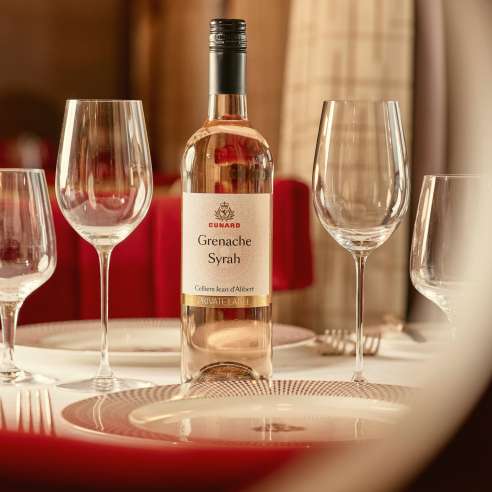
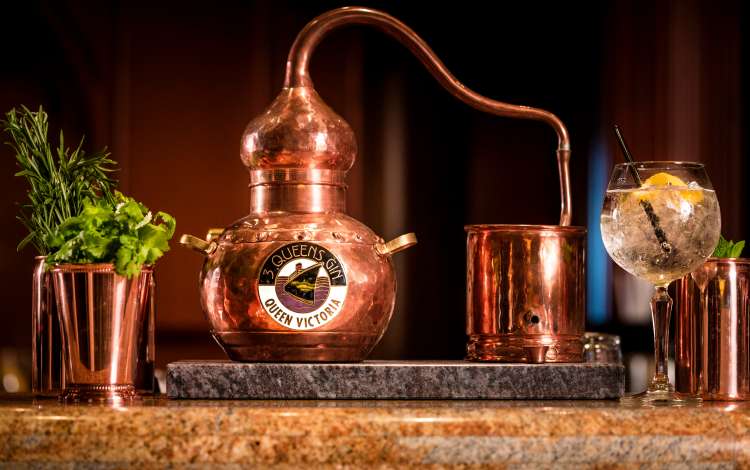
Much like the little black dress, a good gin is a classic to be relied upon. Yet it’s a spirit that seems to be forever evolving, reinventing itself in newer, fresher, and bolder flavors, season after season.
Adapted from the 16th-century Genever, gin was originally prescribed as a medicine in Belgium and said to be used by English soldiers to calm their nerves during the Thirty Years’ War. It soon made its way to London, with sweeter ‘Old Tom’ gins the fashion until the 1830s, and more juniper-heavy ‘London Dry’ gins becoming popular thereafter.
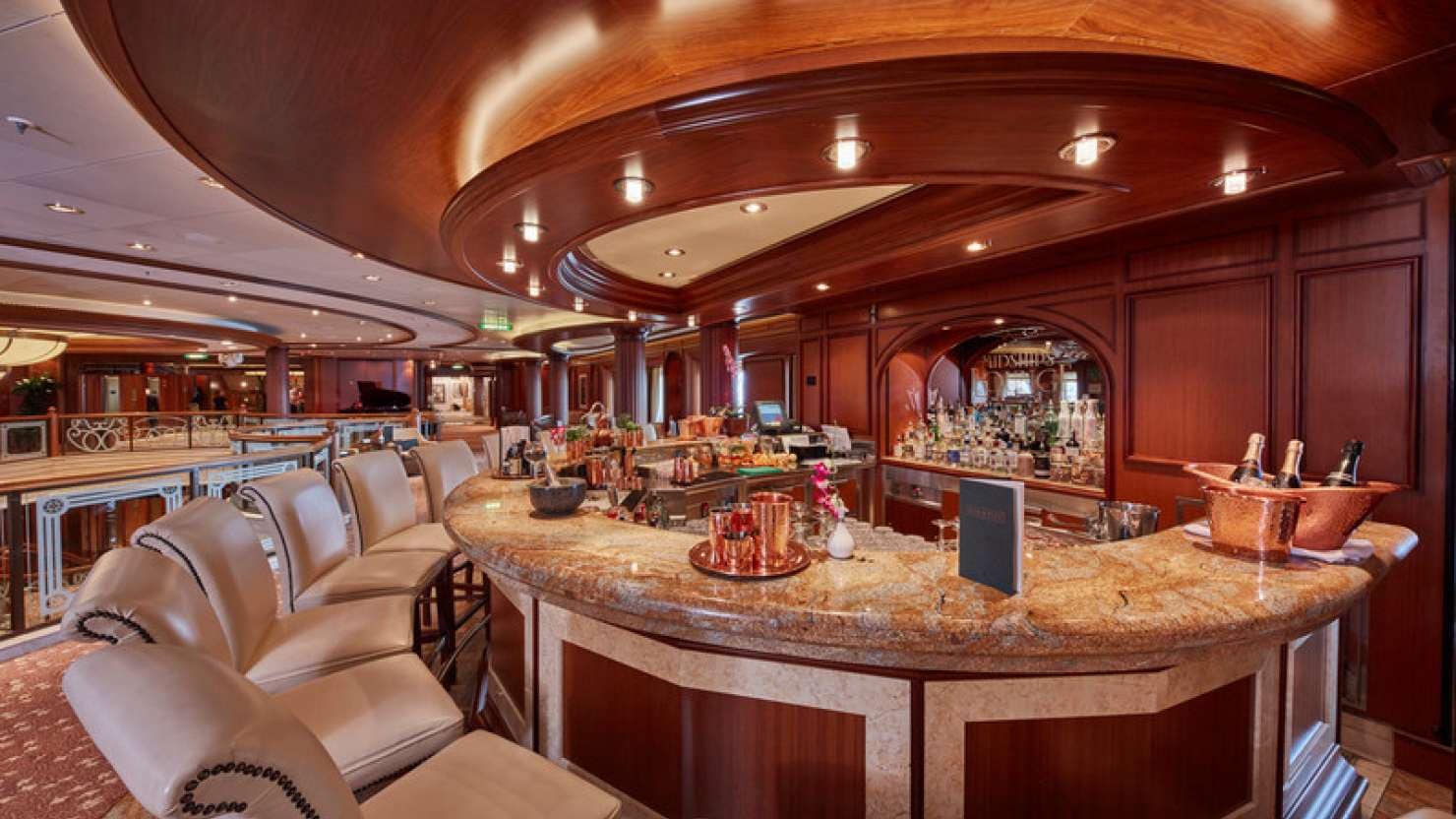
At our midships bar, Gin & Fizz, more than 40 gin varieties have made it onto the menu, organised into traditional, herbaceous, citrus, spice, floral, juniper and ‘adventurous’ flavours. Each one is available as a martini or in a ‘Copa de Balon’ and paired with a tonic and signature garnish that perfectly complements the gin’s botanical properties.
The selection is almost as well-traveled as our ships, with offerings from the likes of Australia, Japan, Germany, New Zealand, Belgium, Italy and the U.S.A., as well as from around the UK. Here’s a look at a few of our bartenders’ favorites on the menu and the pairings we recommend.
Hayman’s Old Tom, England - This traditional style gin offers a harmonious balance of citrus, juniper and pine for a subtle sweetness. We like to serve this one with a pomegranate & basil mixer, garnished with a curl of lemon peel.
Roku Gin, Japan - Fragrant eastern flavors of green tea, cherry blossom and yuzu are the hallmarks of this floral Japanese gin. Try it with a small batch tonic, garnished with dehydrated lime, fresh ginger and coriander.
Four Pillars Rare Dry Gin, Australia - This Australian dry gin packs a heady flavor punch with infusions of zingy citrus and aromatic spices. We find it pairs best with a Fever Tree Mediterranean tonic, a wedge of fresh orange and a stick of cinnamon.
Malfy, Italy - Infused with Sicilian lemons and Italian juniper, this flavorsome gin is a true taste of sunshine. We recommended combining it with a classic tonic, a few twists of lemon and a sprig of rosemary.
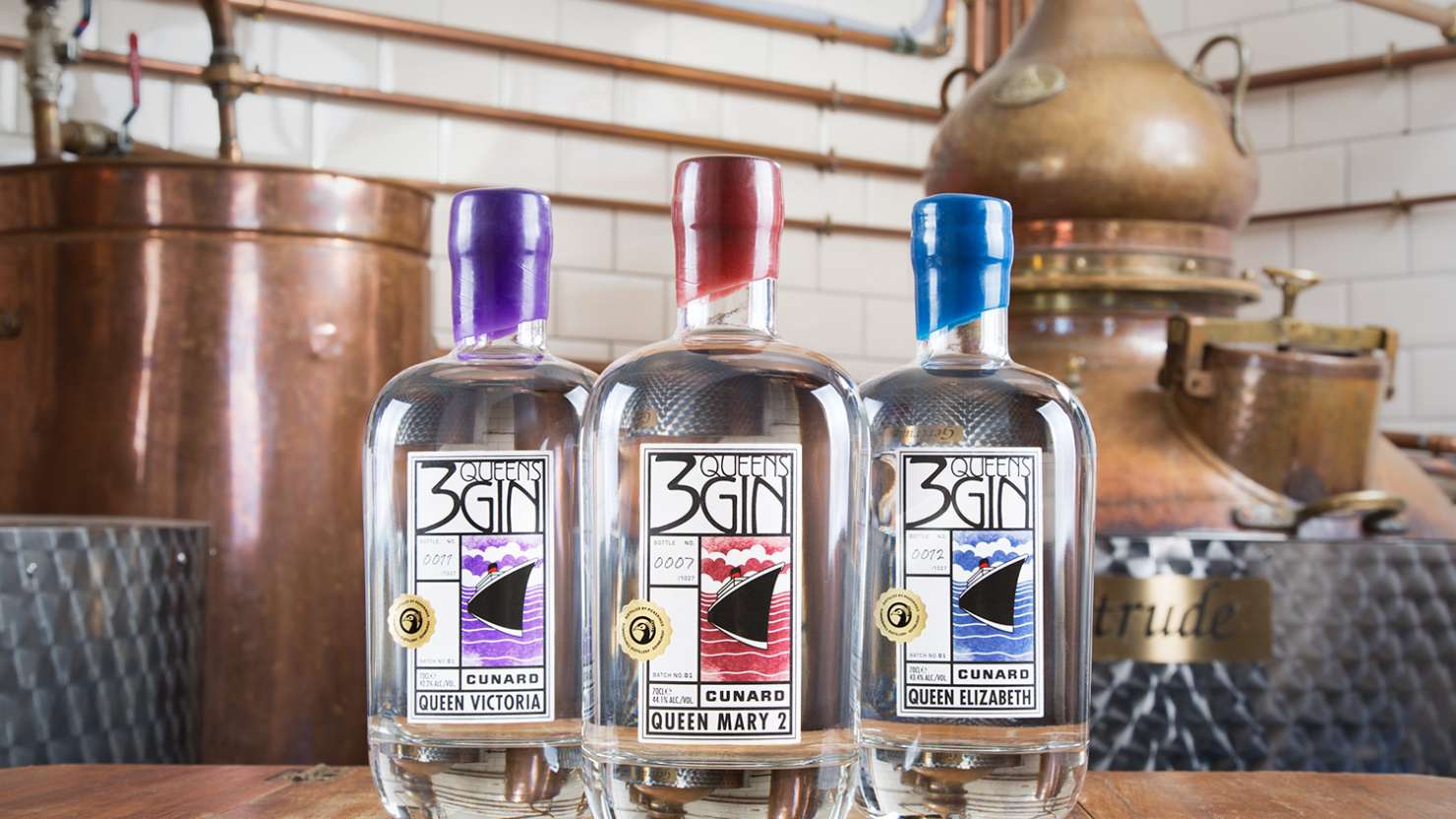
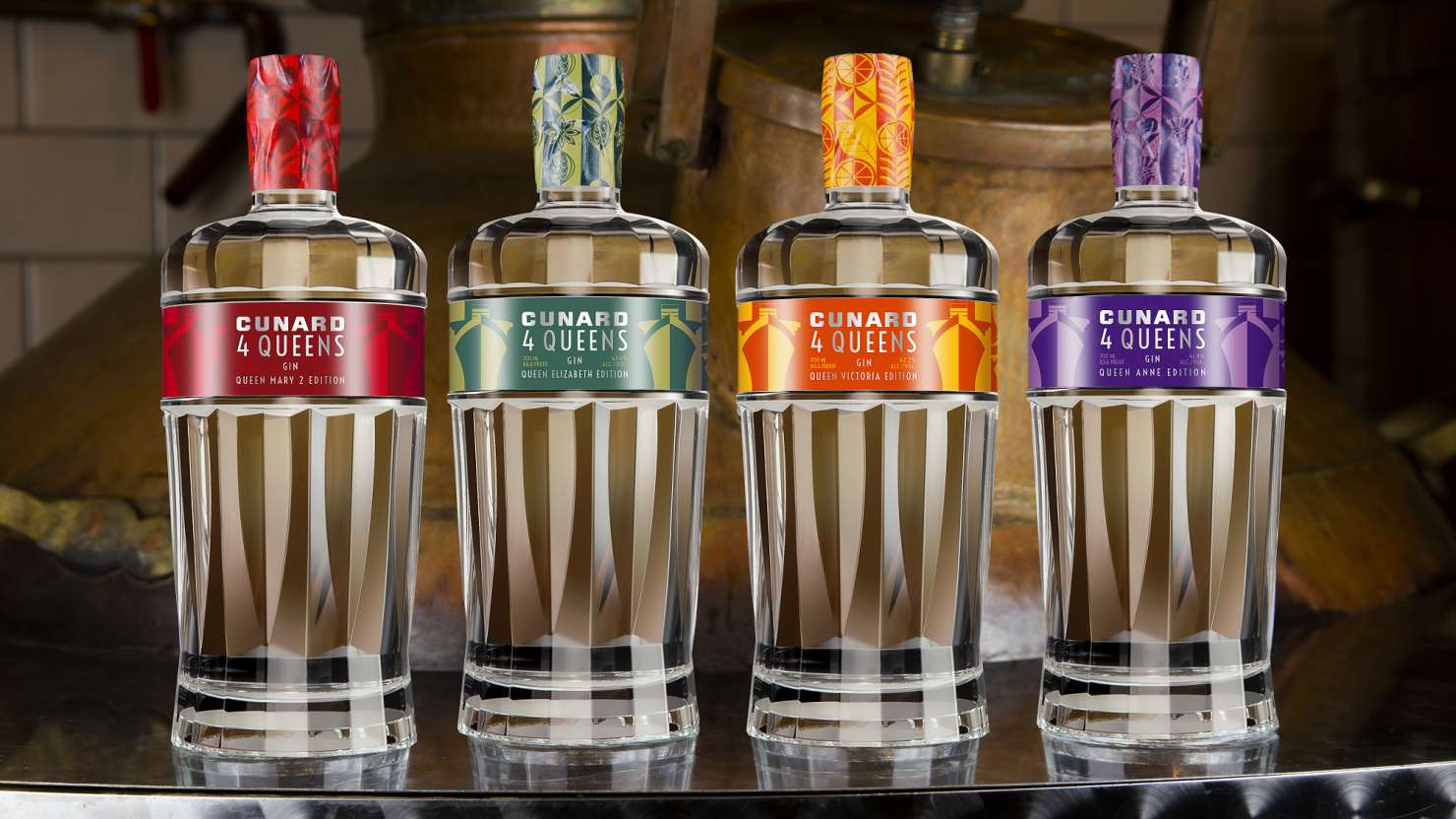
Along with our curated gins from around the world, a visit to Gin & Fizz also gives you the chance to savor a taste of four small-batch gins created exclusively for Cunard. Named after our ships, Queen Elizabeth, Queen Victoria, Queen Mary 2 and Queen Anne, each unique gin is copper-distilled in Edinburgh in partnership with Summerhall Distillery, and infused with ingredients inspired by our itineraries. Which would you choose?
Queen Mary 2 - Cunard's flagship is the world's only ocean liner, and her Transatlantic Crossing sits on the must-sail list of travelers all over the globe. Pickering's have paid homage to this iconic voyage with flavors of apple, cinnamon, cherry & raspberry leaf.
Queen Elizabeth - Queen Elizabeth's voyages to vibrant and varied destinations such as Indonesia, China and Japan inspire this unqiuely spiced gin. Lotus root, Kaffir lime leaf, star anise and cardamom flavors bring the flavours of the Far East into your own home for you to enjoy.
Queen Victoria - Queen Victoria makes regular trips to the sunny Mediterranean, gracing the shores of Spain, Italy and the Greek Islands for the pleasure of her guests. This special gin is infused with blood orange, lemon myrtle & olive leaf for that perfect sunny twist.
Queen Anne - Complementing the rest of the range, the Queen Anne gin showcases the natural beauty and botanical diversity of the British Isles, combining herbaceous milk thistle, heather, and zesty sea buckthorn, balanced with the sweetness of Queen Anne rose petals and blackcurrant leaf.

In a rather poignant nod to our heritage, the co-founder of Pickering's Gin just so happens to be the great-nephew of Cunard Captain George Gibbons, so we couldn’t have chosen a better distillery to be the home of our 3 Queens Gin. Find out more about this unique, special partnership and how it came to be.
of
Unlock instant access to limited time cruise deals, special offers, insider tips and more.